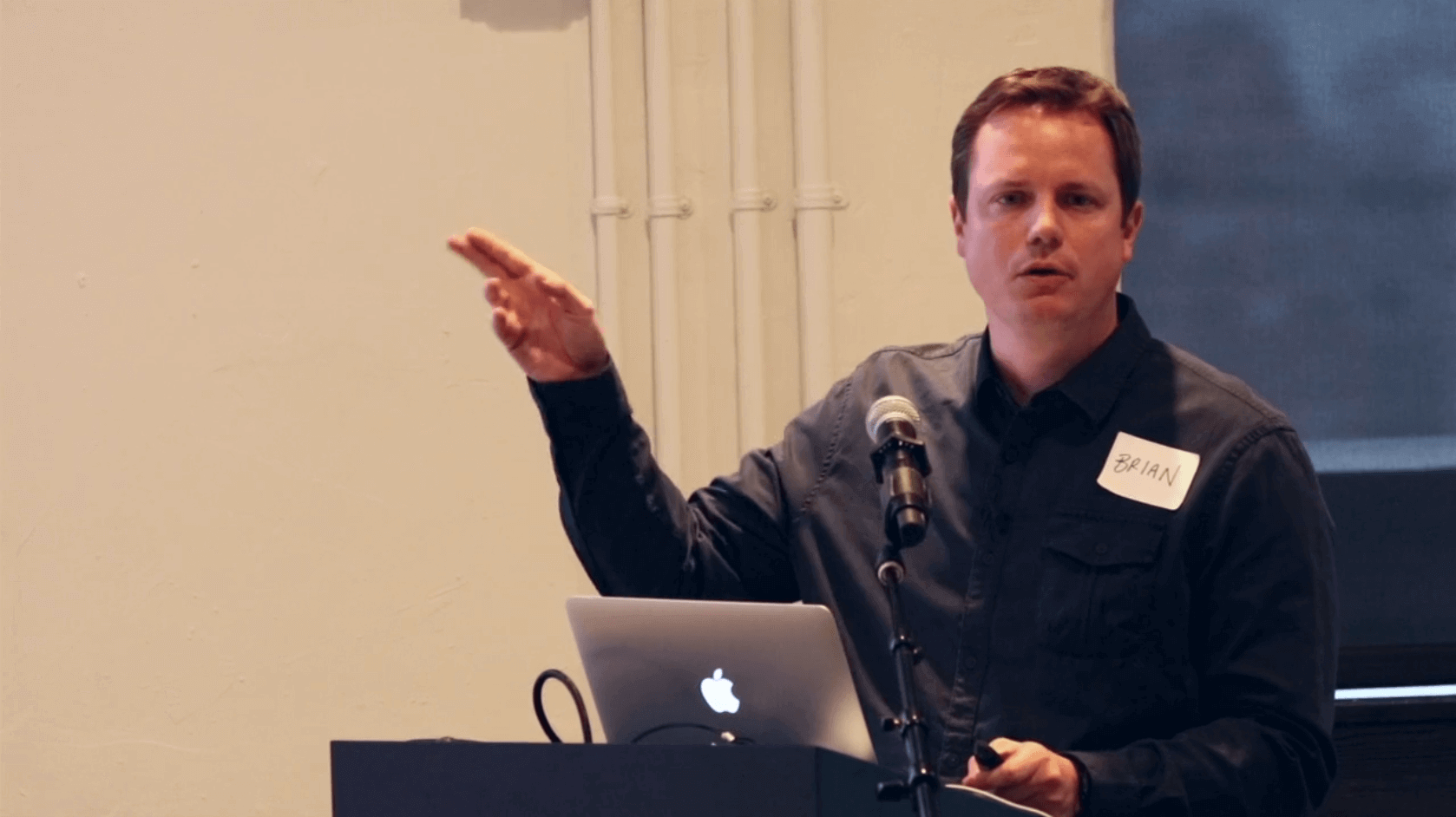To build delightful products, focus on your customer’s problem, not the solution

Written by Brian Crofts, Chief Product Officer at Pendo, for our ebook, The Path to Product Excellence: Stories and Advice From the Field.
Show me a delightful, incredible product—something that inspires fandom in its users, and I’ll show you something that solves a big, hairy problem. Users talk about elegance, simplicity, and moments of delight when advocating for a product, but if you dig down, you’ll find their advocacy is primarily motivated by pain relief. If you’re looking to build an incredible product, find an incredible problem first.
Albert Einstein said, “If I only had one hour to solve a problem, I’d spend 55 minutes defining the problem, and the remaining 5 solving it.” Understanding the problem is the most important step in building a product. Scott Cook from Intuit always told me, “fall in love with the problem, not the solution.” There are lots of possible solutions to any given problem, some of them will work and some of them won’t. You can always work on solutions, but if you haven’t identified and studied the problem, your product will be less valuable.
“Users talk about elegance, simplicity, and moments of delight when advocating for a product, but if you dig down, you’ll find their advocacy is primarily motivated by pain relief.”
Great problems aren’t found in the office
Big problems induce empathy. They make us feel the customer’s pain—to the point that we can’t help but start trying to fix it. Great problems aren’t found sitting in the office. You have to get out. Spend time in the field listening intently and observing customers. You find a problem by witnessing people struggle or get frustrated. In a business setting, pain can take a number of forms—wasting time, too much anxiety and stress, manual or duplicate work. Look for these clues.
“You find a problem by witnessing people struggle or get frustrated.”
Don’t just go into the field alone. I bring my team members from design and engineering. Big problems are incredibly motivating, and I want the whole team to empathize with our customers. After each visit, we debrief immediately. I’ll ask, “what surprised you?” and “what pain did you see?” This is a great time to synthesize and formulate insights. You’re ready to move from problem to solution only when your team can clearly articulate the pain through customer stories. If you can hear the emotion in their voices as they tell the stories, you’re ready to start building.

The power of empathy
A few years ago when I was a product manager at Intuit, I took an engineer named “John” with me to visit a customer. We wanted to watch this customer run payroll, which was the product we were working on at the time. During the visit, the customer showed us a break in the process — a place where she had to create a workaround to accommodate a bad workflow. It was obvious that this part of our product was causing her real pain.
Without warning, John jumped up and walked out of her office. It was awkward, but we continued the meeting. Afterwards, I texted him, “where are you?” but I didn’t get a response. I finally found him back at the office with headphones on, typing furiously. “Where did you go, John?” I asked. “I can fix this,” he said without looking up, “I can fix this.”
This is the power of empathy: it drives maniacal focus. John felt the urgency to fix the problem because he had directly felt the customer’s pain.
Use potential solutions to validate the problem
Your solution approaches can help to validate the severity of the problem. You can get a lot of valuable intelligence by launching stuff before it’s ready. If I build a very basic solution to a big problem, what measures will customers go to start using that solution—even if at an early stage? If people are willing to invest time and money into a solution, to work around usability issues and lack of functionality, you know you’re tracking against something. This feedback is far more valuable than what a customer would tell you on the phone or in a survey.
As you build out solutions, keep the customer’s pain as your North Star. You may have validated that you’re solving a significant problem, but you’re likely still far from having a great product. Now is the time to hone your solution through iteration. Work with your customers to improve usability, and provide those moments of delight that they’ll talk about. This is a continuous process—it’s not about creating something beautiful, but constantly and incrementally reducing user friction.
. . .
This post is an excerpt from our ebook, The Path to Product Excellence: Stories and Advice From the Field. Get your copy now for more valuable insights from product management thought leaders.
Follow Brian Crofts on Twitter.





![The CPO’s Blueprint for Annual Planning: An Opportunity to Drive Change [Part 3]](https://www.productboard.com/wp-content/uploads/2024/11/strategy-blueprint-560x293.png)
